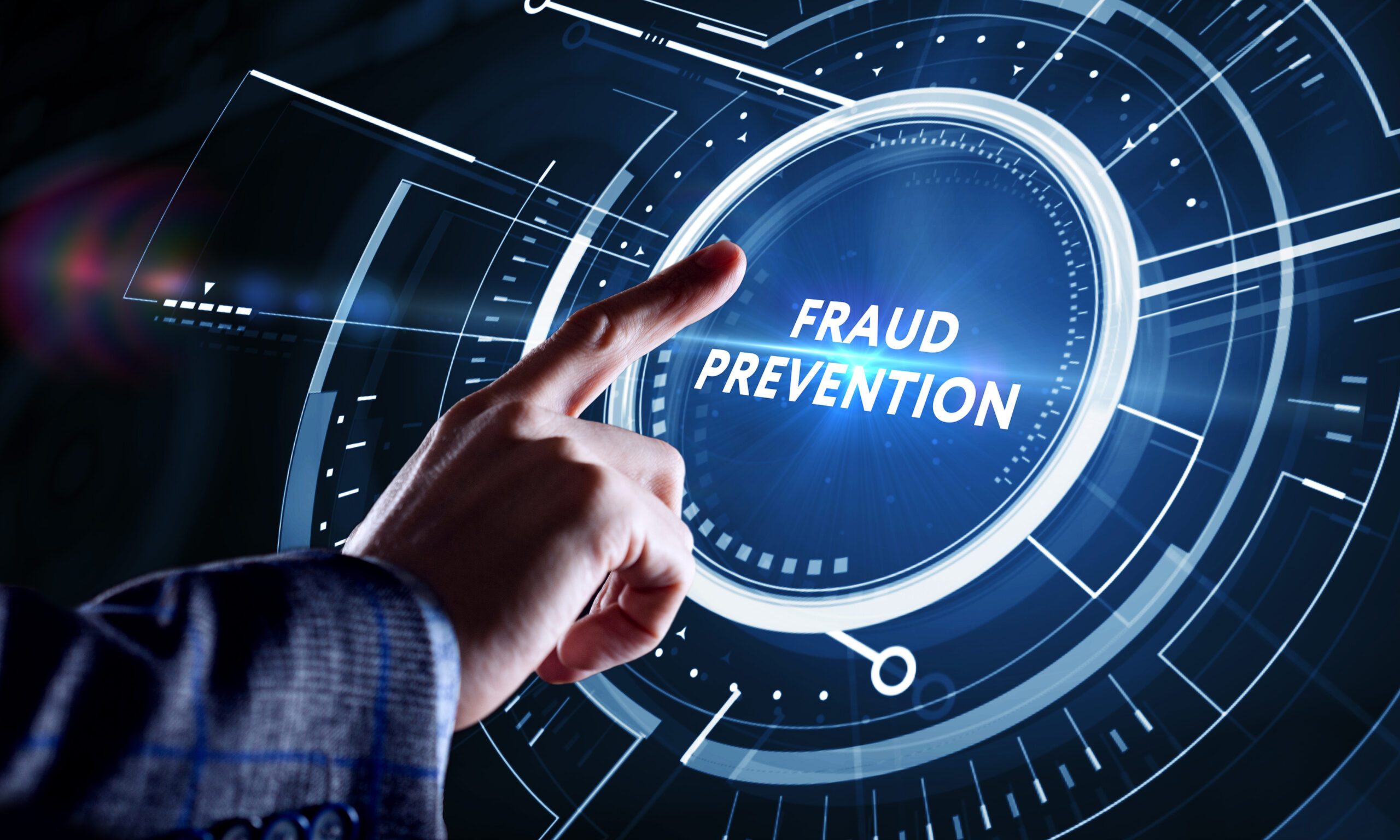
AI-Powered Systems Emerge as Vigilant Guardians Against ForgeriesAI-Powered Systems Emerge as Vigilant Guardians Against Forgeries In an era marked by heightened vigilance and the proliferation of counterfeit goods, AI-powered systems have emerged as indispensable tools for detecting forgeries with uncanny accuracy. These advanced systems harness the immense computational power and pattern recognition capabilities of artificial intelligence (AI) to scrutinize documents, images, and products with unprecedented precision. Document Verification AI-powered systems can analyze signatures, fonts, and other features of documents to identify forged signatures, altered text, and unauthorized changes. By comparing a suspected forgery to a database of genuine documents, these systems can detect subtle discrepancies that are often imperceptible to the naked eye. Advanced algorithms also enable systems to analyze the writing style of documents, identifying forgeries based on inconsistencies in letter formation, slant, and spacing. Image Authentication Forgeries in digital images have become increasingly prevalent, but AI-powered systems are stepping up to the challenge. These systems can analyze pixel patterns, color distributions, and other visual cues to detect manipulated or digitally altered images. Sophisticated algorithms identify subtle changes in lighting, shadows, and reflections that could be indicative of a forgery. Product Authentication Product counterfeiting poses significant risks to consumers and businesses alike. AI-powered systems are being deployed to safeguard product authenticity by recognizing fake labels, packaging, and even minute defects on physical products. These systems can compare suspected counterfeits to legitimate products, identifying subtle differences in materials, construction, and branding. How AI-Powered Systems Work AI-powered systems for forgery detection typically employ a combination of the following techniques: * Neural Networks: These AI models learn patterns and connections in data, enabling them to identify irregularities in documents, images, and products. * Machine Learning: Systems are trained on large datasets of genuine and forged items, allowing them to generalize and recognize new forgeries. * Ensemble Learning: Multiple AI models are combined to create a more robust and accurate system that can mitigate potential biases of individual models. Benefits of AI-Powered Forgery Detection * Enhanced Accuracy: AI systems can detect forgeries with far greater accuracy than manual methods, reducing the risk of false positives or negatives. * Increased Efficiency: AI-powered systems can process and analyze large volumes of documents, images, and products quickly and efficiently, freeing up human resources for other tasks. * Cost-Effectiveness: Compared to manual methods, AI-powered systems can be more cost-effective over the long term, as they can perform high-volume detection at a fraction of the cost. * Improved Security: By proactively detecting forgeries, AI systems can strengthen security measures, prevent fraudulent activities, and protect consumers from counterfeit products. Conclusion AI-powered systems are revolutionizing the fight against forgeries. With their uncanny accuracy, enhanced efficiency, and increased security, these systems are becoming indispensable tools for businesses, governments, and organizations alike. As AI technology continues to advance, we can expect even more sophisticated and effective forgery detection systems in the future, further safeguarding the integrity and authenticity of our documents, images, and products.
Posted inNews